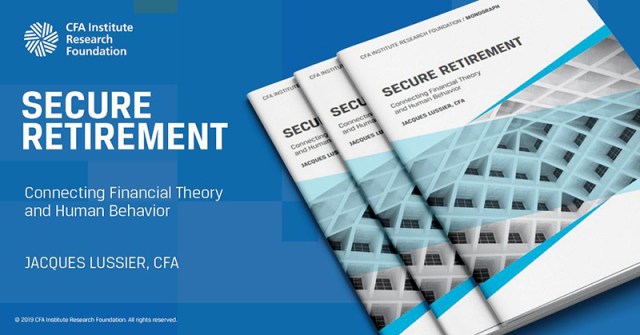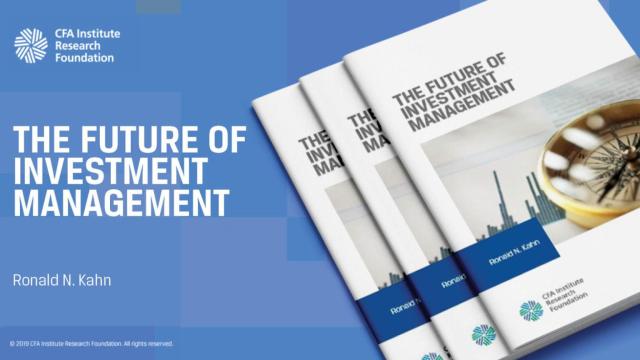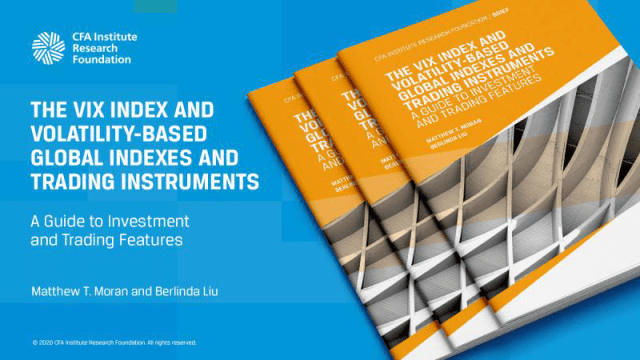[ad_1]
In a decade of researching women and finance, I have interviewed over 800 highly accomplished women globally from diverse age groups, professions, industries, and backgrounds.
Over all those years and interviews, my three key research findings relate to women’s preferred communication style for money and investing, the types of investments that appeal to most women, and women’s attitudes toward risk taking.
So what are these three findings, what changes do they demand from the investment industry, and what are their top three associated risks both for financial advisers and their female clients?
1. How Women Prefer to Communicate about Money and Investing
How do you talk about yourself?
Most women downplay
their accomplishments or knowledge when asked. Even financially educated and capable
female professionals often put themselves down when describing their own
skills.
According to a 2018 FINRA report:
“Women answer ‘Don’t know’ more often when surveyed. This could result from women being more open to assistance or less confident than men, or it could reflect men being overconfident in their self-reporting. After removing respondents who answer ‘Don’t know’ from the analysis, the gender gap in financial literacy narrows for boomers and gen-Xers and nearly disappears for millennials.”
When it comes to
women and financial aptitude, actions speak louder than words.
How do you prefer to talk about and learn about investing ideas?
From my interviews, nearly all women favor stories about people rather than charts and graphs. Women are more inclined to share real-life issues and situations with their close friends and the next generation: Family life is central. Women tend to talk about money matters in more grounded ways, with a view to how a financial situation or an investment is likely to affect their family and their lifestyle.
So now we know how women prefer to communicate about money and investing. But it may seem risky to change how communication is conducted in the industry.
What is risky about communicating in a woman’s language about money and investing?
For advisers:
- It can be a career risk to try and change the way things have always been done. About five years ago, when I was working as a portfolio manager, I shared an idea in an investment committee meeting: Let’s come up with stories about each of the companies we hold in our client portfolios. That way it will be easier for our clients to understand what they’re invested in: Most entrepreneurs aren’t experts in businesses other than their own. My idea floated out into the room and then floated on out the window. No comments at all. At the time, it came across as a crazy idea. But now many firms use female-friendly social media and trading platforms with clear, modern, transparent, and story-based communication.
- The investment industry has a history of focusing on male clients. Also, our male clients may feel they have to pretend they know everything about money! It is risky for advisers to change and start directing conversation to both the women and men in the room. What happens if the men feel demoted? We need to make our female clients feel important, but without making our male clients feel less so.
For female clients:
It is risky to hold too much cash. As advisers, our job is not to judge the reasons why some female clients don’t invest — our job is to get them started. We need to effectively communicate.
Why is this so critical? Because cash is among the lowest-performing asset classes over time, and on average, women live nearly five years longer than men. That means the average female retiree needs to save and invest well over $100,000 more than the average man.
2. Women prefer to invest in causes and concerns that matter to them.
In 2013, I interviewed 100 smart women around the world and asked them how they were investing their money. At least half told me they were spending some portion of their potential retirement funds on what matters to them now rather than investing in traditional longer-term asset classes. In fact, 25% said they were investing a sizeable portion of their wealth in a business that was directly related to their personal cause. In subsequent years, I conducted commissioned research on the same topic for various banks, and this finding was confirmed across the board.
What are the main causes and concerns that matter to women? Ideas that will benefit society as a whole by promoting health, children’s welfare, gender equality, or other forms of social justice. Women want to take action and do something about today’s issues. Investing is a powerful way to accomplish that.
As I pointed out in “The Female Asset Mix: Value Investor or Investor in Values?”:
“It is our fiduciary responsibility as advisers to make sure we have a deep understanding of our clients’ investment objectives and constraints. Their values are just as important.
“In the same way that we need to remind our clients to ignore market volatility or political instability and focus on their long-term return objectives, we may also have to remind them of those stated values.”
What is risky about investing in causes and concerns that matter?
For advisers:
It may be against the firm’s policy to sell outside products that might better align with client values. Or it may may mean the adviser earns less by doing so. But firms and advisers need to create deep value propositions that resonate with customers of all types if they want to stay relevant. They need to make applying environmental, social, and governance (ESG) screens as easy as a click on a drop-down menu. To attract female capital, the finance industry needs to connect what is personally meaningful to each woman with relevant investment opportunities.
For female clients:
Women are searching for stocks and funds to invest in that reflect their core values. Often these securities will be in assets that are more “risky” than the average S&P 500 stock, and at least one study shows that they tend to have more concentrated holdings than other funds.
3. Women aren’t risk averse; they are risk aware.
Whether it’s investing in a new venture or the stock market, as long as a woman is interested and an opportunity is aligned with her personal causes and concerns, she will be motivated to take a risk. She might take more time to make an investment decision, but that’s because she does her homework. Once she has delved into the details to her satisfaction, she will take calculated risks and invest.
Today, we have a powerful combination of digital tools and motivated women with a high tolerance for risk. Whether they are driven by an opportunity in the market, self-actualization, or working for the greater good, women are taking risk and women are taking action.
What is risky about getting risk wrong?
When we talk about risk tolerance, we often assume the risk we are tolerating is short-term market volatility. But the real risk is when longer-term investment objectives are not met.
For advisers:
If clients don’t take enough risk or if they take too much risk, we end up with an unhappy client. Make risk a much broader conversation.
For female clients:
It is risky when advisers blindly follow the stereotypes about risk. A woman’s longer-term objectives will not be met. Advisers need to communicate in her language and hear her stories. Sadly, the risk many of our female clients will face is being pigeonholed into the wrong asset allocations due to inaccurate, “traditional” advice.
The Overriding Risk?
When it comes to women and wealth, the biggest risk for advisers is refusing to change, remaining in our comfort zones, and operating as we have always operated. In turn, the biggest risk for female clients is settling for poorly delivered, lazy, and outdated advice.
From my standpoint, the messages are too loud and too clear to ignore. There is no turning back. We as an industry must accept and embrace these findings or risk losing our clients and even our businesses.
Change can introduce lots of discomfort for both clients and advisers. But, paradoxically, change may turn out to be the best way to manage risk.
If you liked this post, don’t forget to subscribe to the Enterprising Investor.
All posts are the opinion of the author. As such, they should not be construed as investment advice, nor do the opinions expressed necessarily reflect the views of CFA Institute or the author’s employer.
Image credit: ©Getty Images/Adie Bush
Professional Learning for CFA Institute Members
CFA Institute members are empowered to self-determine and self-report professional learning (PL) credits earned, including content on Enterprising Investor. Members can record credits easily using their online PL tracker.
[ad_2]
Image and article originally from blogs.cfainstitute.org. Read the original article here.






